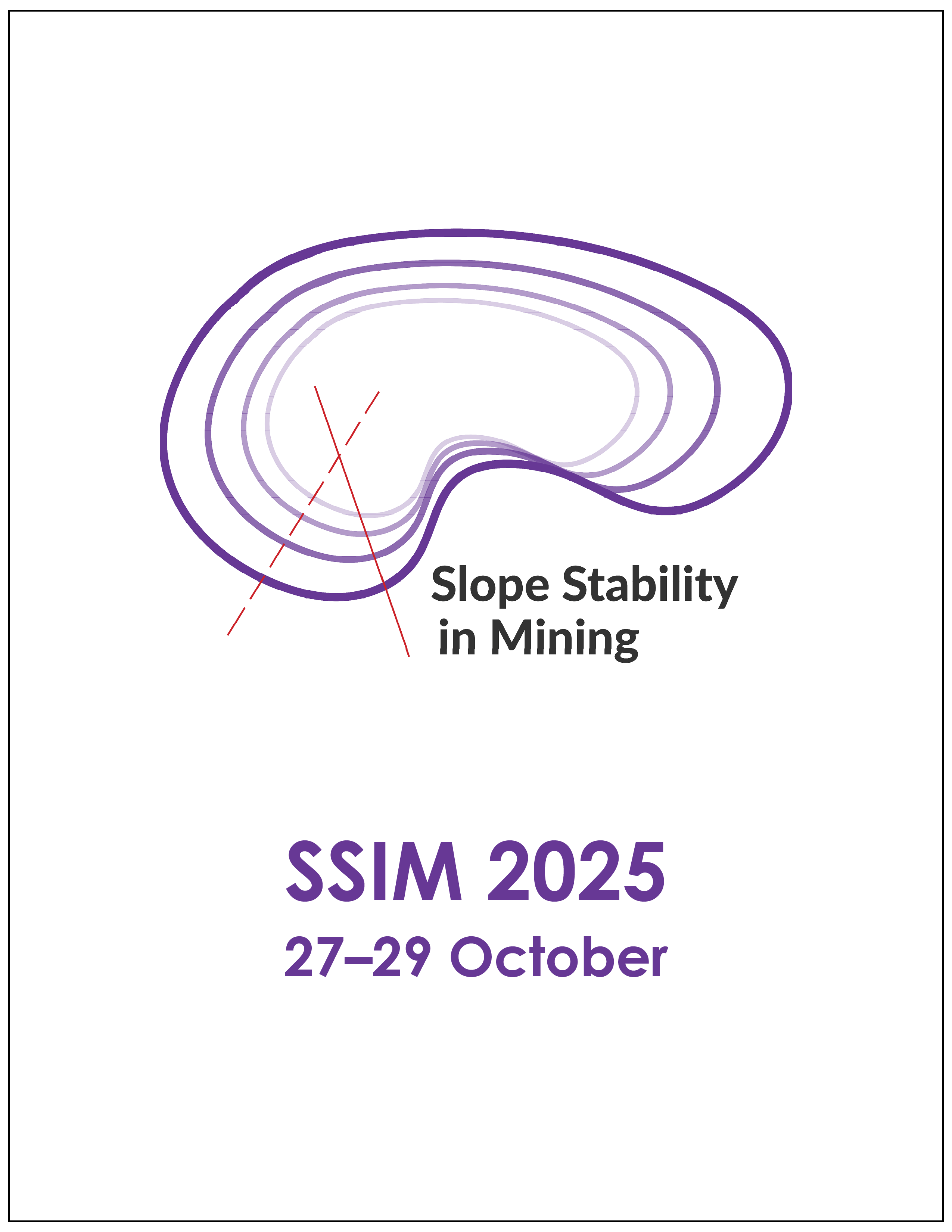Strength estimation using an ultrasonic pulse velocity tester

|
Authors: Walker, D; Banff, C; Venter, J |
DOI https://doi.org/10.36487/ACG_repo/2535_47
Cite As:
Walker, D, Banff, C & Venter, J 2025, 'Strength estimation using an ultrasonic pulse velocity tester', in JJ Potter & J Wesseloo (eds), SSIM 2025: Fourth International Slope Stability in Mining Conference, Australian Centre for Geomechanics, Perth, https://doi.org/10.36487/ACG_repo/2535_47
Abstract:
Uniaxial compressive strength (UCS) is one of the basic and important descriptors for rock mechanics and rock mass strength determination. Field estimated strength (FES) – using International Society for Rock Mechanics and Rock Engineering published methodologies – and field testing are commonly used in conjunction with laboratorytested UCS values for geotechnical design. Commonly used field testing techniques include point load testing and Leeb/Equotip testing. In support of field testing techniques, a number of existing publications deal with the correlation between rock strength and sonic velocity, measured as part of downhole geophysics surveys or from laboratory testing. To add to this knowledge base, this paper demonstrates the application of sonic velocity measurements using a handheld ultrasonic pulse velocity (UPV) tester. UPV testing is an acoustic non-destructive test method most often used to evaluate the relative quality of rock or concrete structures, and to identify the presence of internal flaws such as cracks or voids. For this paper, the UPV tester has been used to measure the sonic velocity on drill core to assist with rock strength estimation. Four case studies are given showing the correlation between the measured sonic velocity, FES and laboratory strength testing at the 4 sites. Because this is a relatively new application, the limitations found are presented, as well as suggested workflows and future applications.
Keywords: rock strength, ultrasonic pulse velocity tester, field testing
References:
ASTM International 2022, Standard Test Method for Ultrasonic Pulse Velocity Through Concrete (ASTM C597-22), West Conshohocken.
Butel, N, Hossack, A & Kizil 2014, ‘Prediction of in situ rock strength using sonic velocity’, 2014 Coal Operators’ Conference, University of Wollongong, Wollongong, pp. 89–102.
Chawre, B 2018, ‘Correlations between ultrasonic pulse wave velocities and rock properties of quartz-mica schist’, Journal of Rock Mechanics and Geotechnical Engineering, vol. 10, no. 3, pp. 594–602,
McNally, GH 1990, ‘The prediction of geotechnical rock properties from sonic and neutron logs’, Exploration Geophysics, vol. 21, pp. 65–71.
Seery, JM, Franklin, C & Hamman, ECF 2018, ‘Management of geotechnical data - AngloGold Ashanti experience’, Proceedings of Slope Stability 2018, Seville.
Ulusay, R (ed.) 2015, The ISRM Suggested Methods for Rock Characterization, Testing and Monitoring: 2007–2014, Springer, Cham.
Venter, J, Purvis, C & Hamman, J 2016, ‘Hoek-Brown mi estimation — a comparison of multistage triaxial with single stage triaxial testing’, in PM Dight (ed.), Proceedings of the First Asia Pacific Slope Stability in Mining Conference, Australian Centre for Geomechanics, Perth, pp. 289–299,
© Copyright 2025, Australian Centre for Geomechanics (ACG), The University of Western Australia. All rights reserved.
View copyright/legal information
Please direct any queries or error reports to repository-acg@uwa.edu.au
View copyright/legal information
Please direct any queries or error reports to repository-acg@uwa.edu.au

